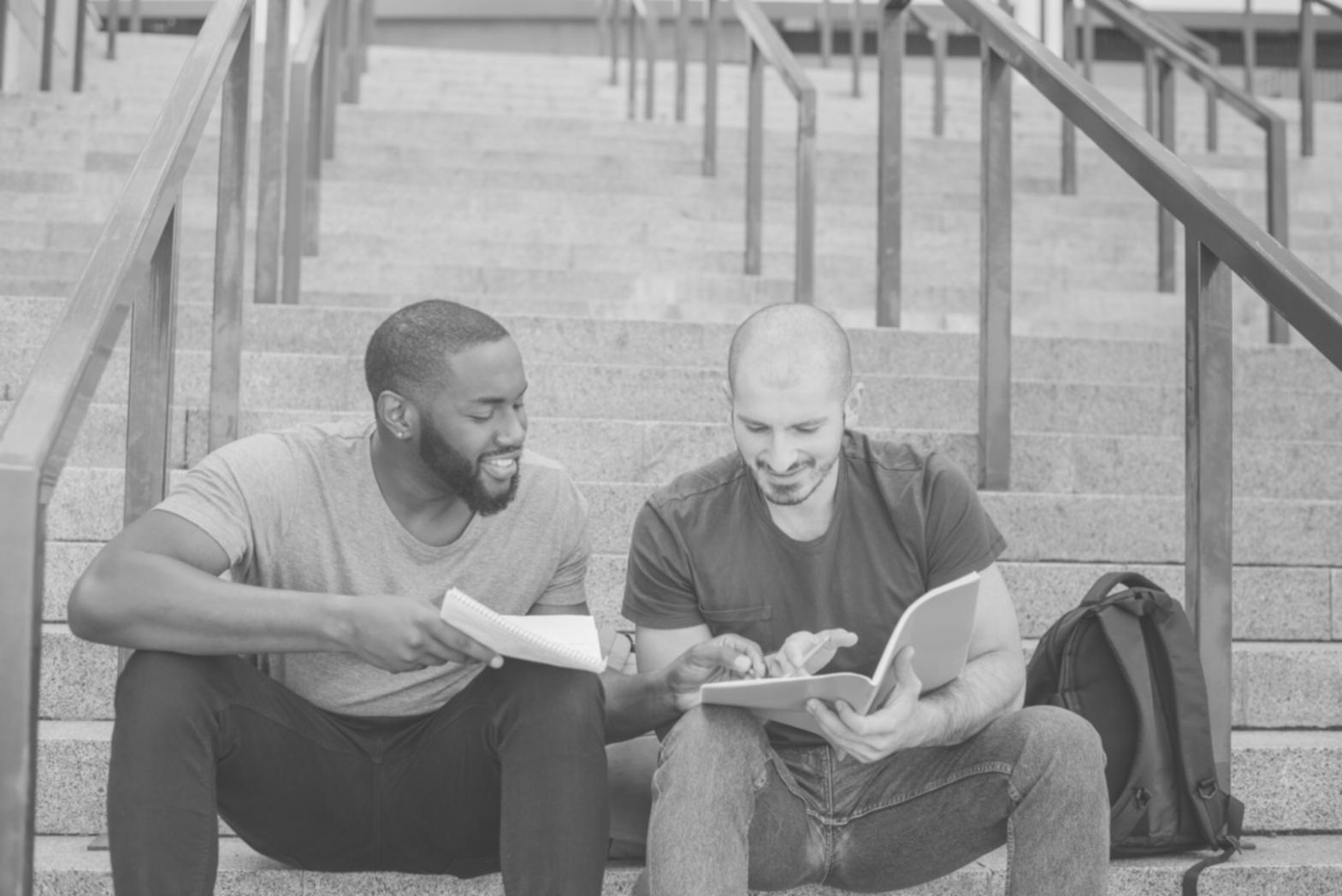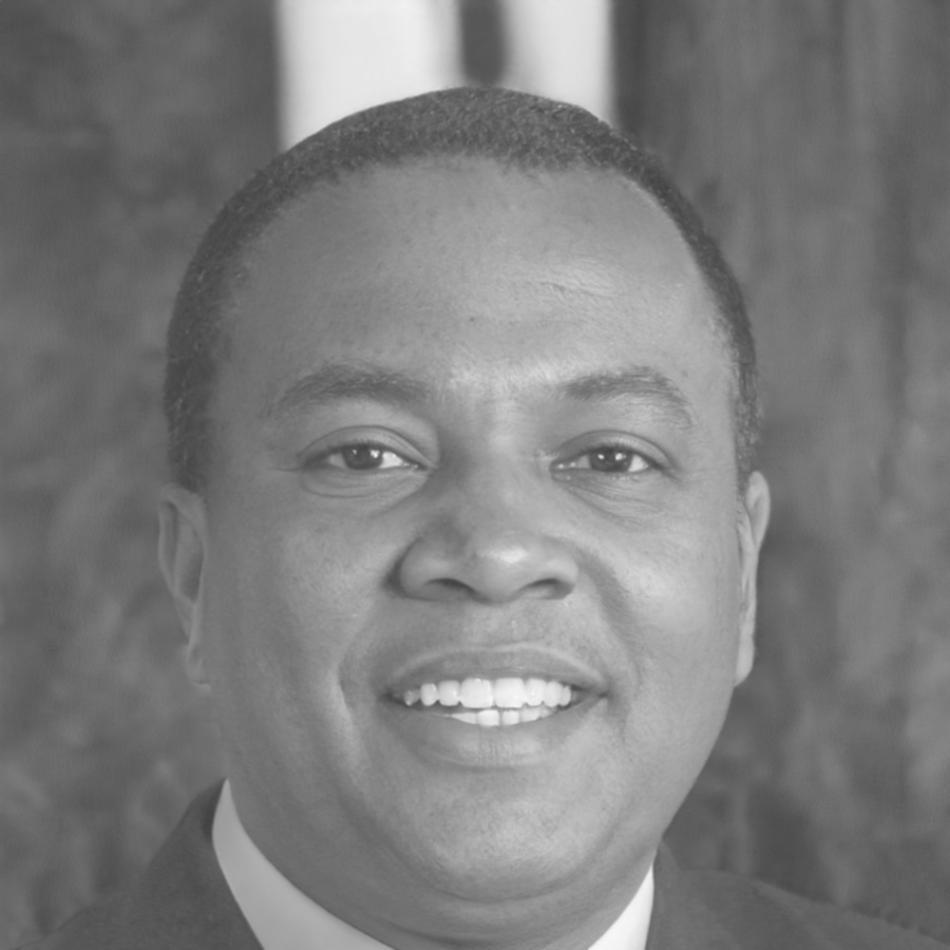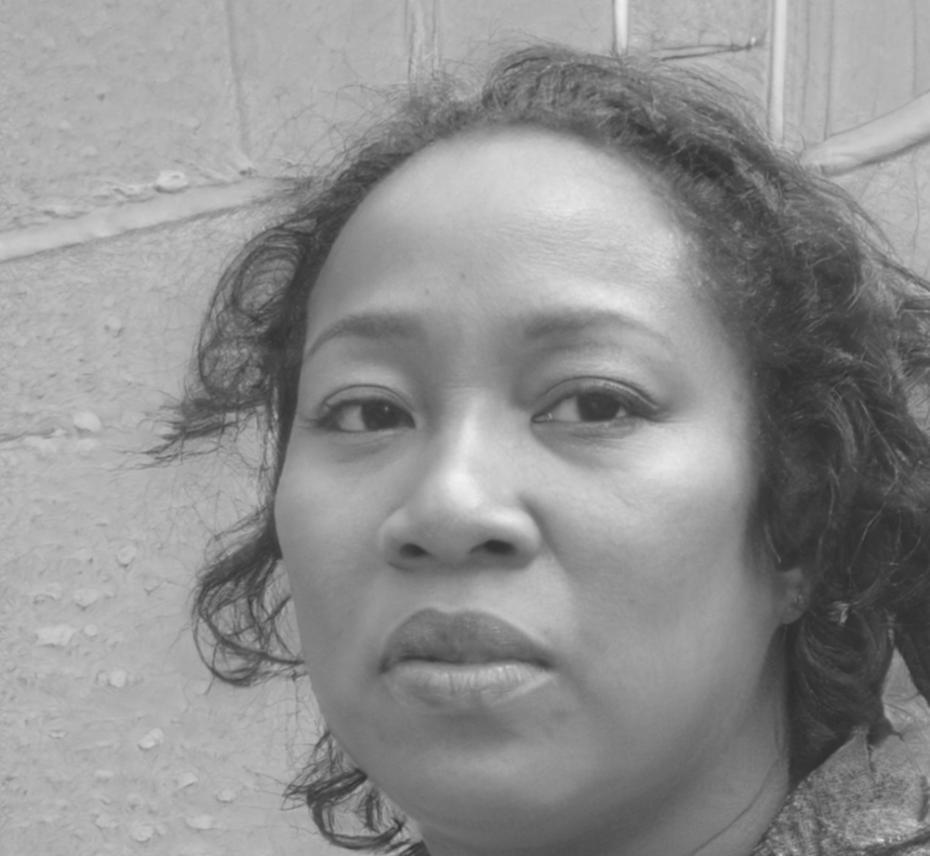We store small data files to improve your experience and remember your preferences. These help us understand how you use our site. Read Policy
Build Your Financial Foundation for 2026
Learn practical annual budgeting strategies that actually work for Australian households. Our September 2025 program helps you create realistic spending plans, track what matters, and adjust as life happens.
View Program Details
Four Steps That Actually Matter
Budgeting isn't about spreadsheet perfection. It's about understanding where your money goes and making intentional choices that fit your life. These four phases give you a framework that adapts to real situations.
01
Baseline Reality
Start by documenting three months of actual spending. Not what you think you spend—what you really spend. This creates your honest starting point.
02
Category Design
Group expenses into categories that match how you think about money. Your categories should reflect your priorities, not some template from the internet.
03
Allocation Planning
Decide how much goes where based on your baseline and goals. This isn't restrictive—it's intentional. You're choosing what matters most.
04
Monthly Review
Check in each month to see what's working and what needs adjustment. Budgets are living documents that evolve with your circumstances.

Why Annual Planning Changes Everything
Monthly budgets miss the bigger picture. Car registration comes in March. Insurance renews in July. Holiday spending peaks in December.
When you plan annually, you see these patterns coming. You set aside money gradually instead of scrambling when bills arrive. Our students typically save 300-600 dollars per year just by avoiding late fees and rushed decisions.
The program starting September 2025 walks through twelve months of real examples from Australian households—not theoretical scenarios.
What You'll Use Throughout the Year
We provide straightforward tools you can actually maintain. No complicated software subscriptions or endless spreadsheet formulas.
Annual Budget Template
A one-page overview showing all twelve months at once. You fill in expected expenses, then track actual spending as months progress. Simple columns, clear visibility of where you stand.
Expense Tracker Sheets
Monthly pages for recording daily spending. Takes about five minutes per week once you build the habit. Most people use their phone to snap receipts, then enter totals weekly.
Category Adjustment Guide
Step-by-step instructions for when your budget needs changes. Life shifts—income changes, kids grow, priorities evolve. This guide helps you recalibrate without starting from scratch.
Review Checklist
A practical list of questions to ask yourself each month and quarter. Keeps you accountable without feeling like homework. Most reviews take 15-20 minutes.

How the Learning Program Works
Six weeks of focused learning, then ongoing access to materials and community support
Weekly Sessions
Live online sessions every Tuesday evening, 7-8:30 PM AWST. Can't make it live? Recordings available within 24 hours. Each session covers one phase with real examples.
Practice Exercises
Between sessions, you work with your own finances using the tools provided. Most students spend 2-3 hours per week setting up their first annual budget during the program.
Community Forum
Private discussion space where students share experiences and ask questions. This continues after the six weeks end—many participants stay connected for years.


"
I'd tried budgeting apps before and always quit after a month. This approach made sense because it matched how I actually think about money. Within three months, I had a buffer saved for the first time in years.

